Listen to "Donegal Tramline farmer David Moody on planting progress" on Spreaker.

St Johnston,
Co Donegal
It’s been a stop-start spring in Donegal explains David but he is hopeful that good progress with sowing will be made this week.
David began sowing at the end of March, which would be considered early for him. He sowed his Prospect malting barley in great conditions at a rate of 190 kg/ha. This is the first year David is growing malting barley. The grain is being supplied to Agri Care and will be sent to Boortmalt in Athy. “We wanted to try something new and bring a new crop onto the farm,” David explains.

David Moody sowing spring wheat with new 900 and 710 BKT low ground pressure tyres for his John Deere 6155R .
The option to forward sell a proportion of the crop is also new to David, as local merchants won’t offer the facility to growers in the northwest. With that said, David tends to mill and bag most of his own grain from his yard. Around 375kg/ha of 10:10:20 was incorporated into the seedbed before sowing and David plans to front load the crops nitrogen as soon as the tramlines are visible. He will apply around 115kg N/ha. Ploughing should be completed by the end of the week, which will pave the way for the rest of the spring sowing. This week he’s also sowing Doubleshot spring wheat at a rate of 210kg/ha. Around 370kg/ha of 10:10:20 is applied onto ploughed ground before drilling with his Amazone one-pass drill. David bought a set of BKT 900 and 710 tyres for his John Deere 6155R sowing tractor. He’s hoping that this will help improve trafficability, reduce compaction and will help limit the effects of manganese deficiency in between tracks. The tyres can be run at 14 PSI when sowing.
His winter barley is between GS 30- 32 and has received 100kg/ha of N/ha so far as well as slurry. It will receive another 62kg N/ha of CAN this week.
His winter oats are at GS 31 and will be brought up to 137kg N/ha within the next 10 days. His winter wheat will receive another 100kg N/ha within the next week.

Castlemagner,
Co Cork
Two weeks of exceptional spring weather in north Cork has allowed Rob to complete spring planting in ideal conditions. Since 1 April, just 9mm of rain has fallen, with average temperatures of 6.4°C.
All of his Fanfare, Boxer and Lynx beans are now in the ground, sown at a rate of 45 seeds/m2. Moving establishment systems and trialling cover crops, they opted to err on the side of caution this year and aim for a high plant count. Establishing a good crop of beans is essential to allow him to drill a good crop of winter wheat with no cultivation in the autumn he says.

T7.185 from Coleman's Millstreet sowing sowing fanfare beans into standing cover crop with seven different species with the 6m 750a drill. incude video play sign, crop pic if needed
Most of the crop was sown with his John Deere 750A drill into either a grazed or ungrazed cover crop, half of which was subsoiled. He also sowed a small amount of his crop using his min-till drill. He will monitor the differences between crops carefully, paying particular attention to the weed pressure. He also sowed two acres of oats (80kgha) into the beans, to see if this would effectively suppress weeds.
The crop was rolled and received Nirvanna (4.0l/ha). He’s monitoring slug pressure carefully but some of the crop has received 4.0kg/ha of slug pellets. He started sowing spring barley shortly after. Most of the ground was subsoiled before direct drilling. He sowed his Gangway crop, which had a TGW of 46g, at 170kg/ha and adjusted the seed rate depending on soil types in the field. Around 150kg/ha of protected Urea (KaN) and 115kg/ha of Kieserite (magnesium and sulphur) was broadcast on the seedbed before drilling.
All of his winter barley will receive their final split of 103kg/ha of KaN this week. The crop is looking good although there appears to be a small amount of BYDV present. The crop received its T1, consisting of Helix (0.6l/ha), Modem (0.5l/ha), Trace element, Axial Pro (0.5l/ha). Last week he completed the second split on the winter wheat, which received 206kg N/ha (KAN). His most advanced crop of Cellule winter wheat is at GS 37, flag leaf emergence.

Swords, Co Dublin
The weather broke last week in Swords which brought potato planting to a stop, explains Ronan. However, conditions have improved this week.
Ronan finished sowing the last of his Lynx beans two weekends ago at a rate of 240kg/ha. They received Nirvana (4.5l/ha) four days after. He then moved onto his Doubleshot spring wheat. With a TGW of 41g he was aiming 390 seeds/m2. The crop was sown after a cauliflower crop and received 250kg/ha of 9.5:5.8:25 on the seedbed. The ground was ploughed in great conditions.

Mark Snow ploughing in a mixture of farmyard manure and spent mushroom compost for potatoes with slatted boards.
Ploughed ground is typically cultivated with a homemade cultivator, before drilling with his 4m mounted Maschio Gaspardo air drill. The weather broke before he could roll the ground. Earlier this week he sowed the first of his spring malting barley. This is the second year he’s growing the crop. Growing the variety Planet, the crop was sown at 178kg/ha. With a TGW of 51g, he was happy with the quality of the seed. Around 430kg/ha 10:5:25 was broadcast on the seedbed while 50kg of UAS liquid nitrogen will be applied on the crop as soon as the tramlines are visible. Potato planting got off to a good start. He typically ploughs, grubs, rotavates, ridges and de-stones before planting. Farmyard manure and spent mushroom compost was spread on the land before ploughing and an application of ‘Rooster Booster’ (6:5:20) was broadcast on the seedbed. So far, he has some Markies and Rooster planted. An application of 6:5:20 was sown with the seed while Amistar was sprayed on the drills for rhizoctonia control.
Due to the drought last year, Ronan had to use Fazor on his potatoes to prevent sprouting of the new tubers in the drill. This meant that he cannot use home saved seed and had to buy certified seed instead. His winter crops are developing well. His winter barley is due its final split of N. The crop also received its T1 last week of Helix (1.0l/ha), and Modem (0.4l/ha)and manipulator (1.0l/ha). His winter wheat will receive another 110kg N/ha this week. His winter oilseed rape is around 70% in flower.
Read more
Oilseed rape markets – one to watch
Listen: tillage farmers' views on CAP
Listen to "Donegal Tramline farmer David Moody on planting progress" on Spreaker.

St Johnston,
Co Donegal
It’s been a stop-start spring in Donegal explains David but he is hopeful that good progress with sowing will be made this week.
David began sowing at the end of March, which would be considered early for him. He sowed his Prospect malting barley in great conditions at a rate of 190 kg/ha. This is the first year David is growing malting barley. The grain is being supplied to Agri Care and will be sent to Boortmalt in Athy. “We wanted to try something new and bring a new crop onto the farm,” David explains.

David Moody sowing spring wheat with new 900 and 710 BKT low ground pressure tyres for his John Deere 6155R .
The option to forward sell a proportion of the crop is also new to David, as local merchants won’t offer the facility to growers in the northwest. With that said, David tends to mill and bag most of his own grain from his yard. Around 375kg/ha of 10:10:20 was incorporated into the seedbed before sowing and David plans to front load the crops nitrogen as soon as the tramlines are visible. He will apply around 115kg N/ha. Ploughing should be completed by the end of the week, which will pave the way for the rest of the spring sowing. This week he’s also sowing Doubleshot spring wheat at a rate of 210kg/ha. Around 370kg/ha of 10:10:20 is applied onto ploughed ground before drilling with his Amazone one-pass drill. David bought a set of BKT 900 and 710 tyres for his John Deere 6155R sowing tractor. He’s hoping that this will help improve trafficability, reduce compaction and will help limit the effects of manganese deficiency in between tracks. The tyres can be run at 14 PSI when sowing.
His winter barley is between GS 30- 32 and has received 100kg/ha of N/ha so far as well as slurry. It will receive another 62kg N/ha of CAN this week.
His winter oats are at GS 31 and will be brought up to 137kg N/ha within the next 10 days. His winter wheat will receive another 100kg N/ha within the next week.

Castlemagner,
Co Cork
Two weeks of exceptional spring weather in north Cork has allowed Rob to complete spring planting in ideal conditions. Since 1 April, just 9mm of rain has fallen, with average temperatures of 6.4°C.
All of his Fanfare, Boxer and Lynx beans are now in the ground, sown at a rate of 45 seeds/m2. Moving establishment systems and trialling cover crops, they opted to err on the side of caution this year and aim for a high plant count. Establishing a good crop of beans is essential to allow him to drill a good crop of winter wheat with no cultivation in the autumn he says.

T7.185 from Coleman's Millstreet sowing sowing fanfare beans into standing cover crop with seven different species with the 6m 750a drill. incude video play sign, crop pic if needed
Most of the crop was sown with his John Deere 750A drill into either a grazed or ungrazed cover crop, half of which was subsoiled. He also sowed a small amount of his crop using his min-till drill. He will monitor the differences between crops carefully, paying particular attention to the weed pressure. He also sowed two acres of oats (80kgha) into the beans, to see if this would effectively suppress weeds.
The crop was rolled and received Nirvanna (4.0l/ha). He’s monitoring slug pressure carefully but some of the crop has received 4.0kg/ha of slug pellets. He started sowing spring barley shortly after. Most of the ground was subsoiled before direct drilling. He sowed his Gangway crop, which had a TGW of 46g, at 170kg/ha and adjusted the seed rate depending on soil types in the field. Around 150kg/ha of protected Urea (KaN) and 115kg/ha of Kieserite (magnesium and sulphur) was broadcast on the seedbed before drilling.
All of his winter barley will receive their final split of 103kg/ha of KaN this week. The crop is looking good although there appears to be a small amount of BYDV present. The crop received its T1, consisting of Helix (0.6l/ha), Modem (0.5l/ha), Trace element, Axial Pro (0.5l/ha). Last week he completed the second split on the winter wheat, which received 206kg N/ha (KAN). His most advanced crop of Cellule winter wheat is at GS 37, flag leaf emergence.

Swords, Co Dublin
The weather broke last week in Swords which brought potato planting to a stop, explains Ronan. However, conditions have improved this week.
Ronan finished sowing the last of his Lynx beans two weekends ago at a rate of 240kg/ha. They received Nirvana (4.5l/ha) four days after. He then moved onto his Doubleshot spring wheat. With a TGW of 41g he was aiming 390 seeds/m2. The crop was sown after a cauliflower crop and received 250kg/ha of 9.5:5.8:25 on the seedbed. The ground was ploughed in great conditions.

Mark Snow ploughing in a mixture of farmyard manure and spent mushroom compost for potatoes with slatted boards.
Ploughed ground is typically cultivated with a homemade cultivator, before drilling with his 4m mounted Maschio Gaspardo air drill. The weather broke before he could roll the ground. Earlier this week he sowed the first of his spring malting barley. This is the second year he’s growing the crop. Growing the variety Planet, the crop was sown at 178kg/ha. With a TGW of 51g, he was happy with the quality of the seed. Around 430kg/ha 10:5:25 was broadcast on the seedbed while 50kg of UAS liquid nitrogen will be applied on the crop as soon as the tramlines are visible. Potato planting got off to a good start. He typically ploughs, grubs, rotavates, ridges and de-stones before planting. Farmyard manure and spent mushroom compost was spread on the land before ploughing and an application of ‘Rooster Booster’ (6:5:20) was broadcast on the seedbed. So far, he has some Markies and Rooster planted. An application of 6:5:20 was sown with the seed while Amistar was sprayed on the drills for rhizoctonia control.
Due to the drought last year, Ronan had to use Fazor on his potatoes to prevent sprouting of the new tubers in the drill. This meant that he cannot use home saved seed and had to buy certified seed instead. His winter crops are developing well. His winter barley is due its final split of N. The crop also received its T1 last week of Helix (1.0l/ha), and Modem (0.4l/ha)and manipulator (1.0l/ha). His winter wheat will receive another 110kg N/ha this week. His winter oilseed rape is around 70% in flower.
Read more
Oilseed rape markets – one to watch
Listen: tillage farmers' views on CAP











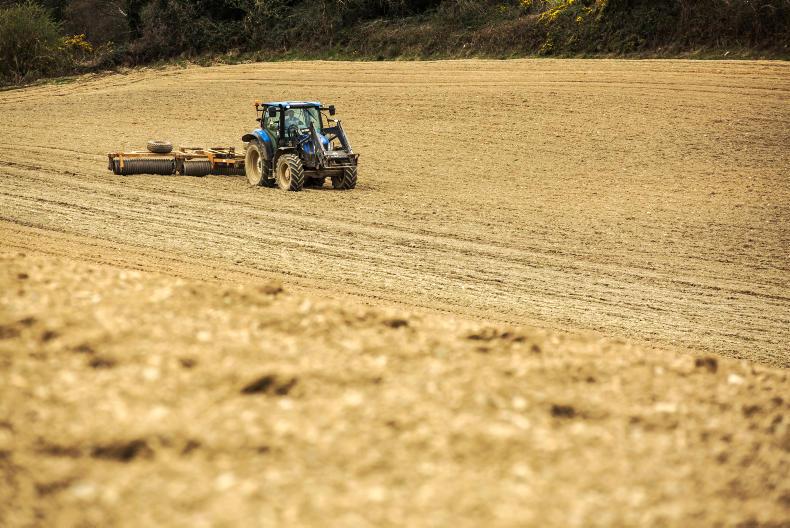
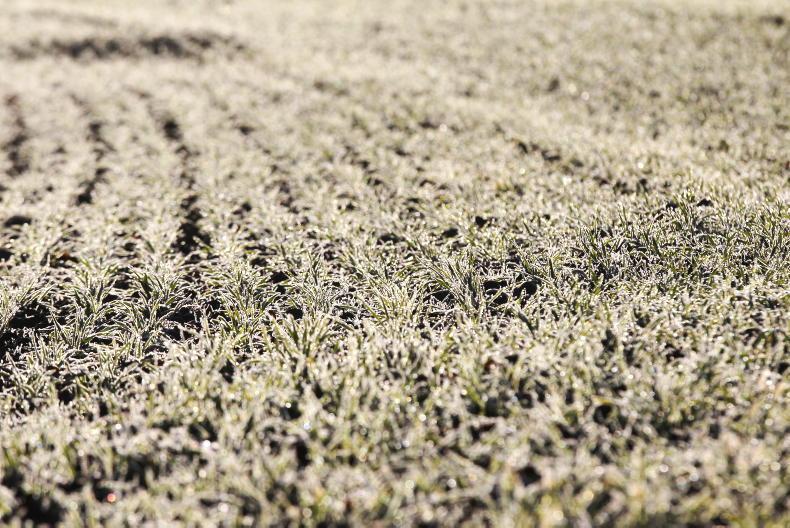

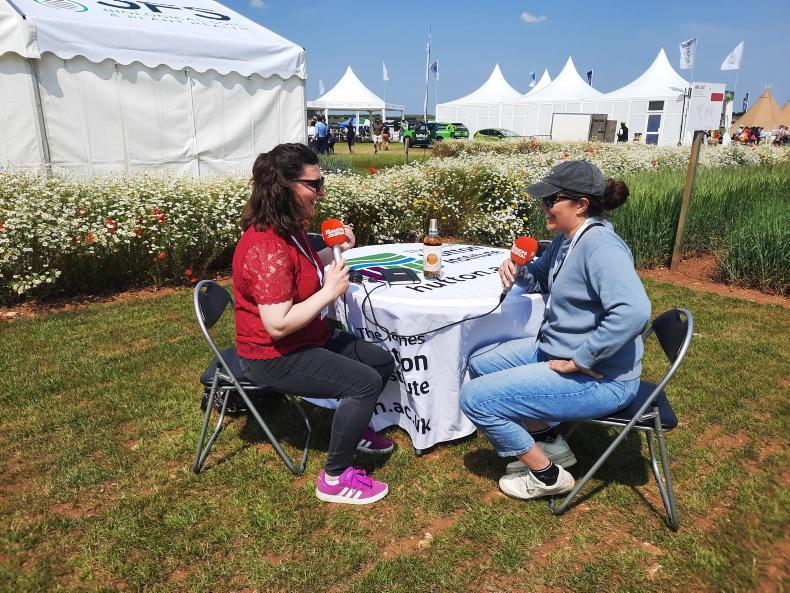
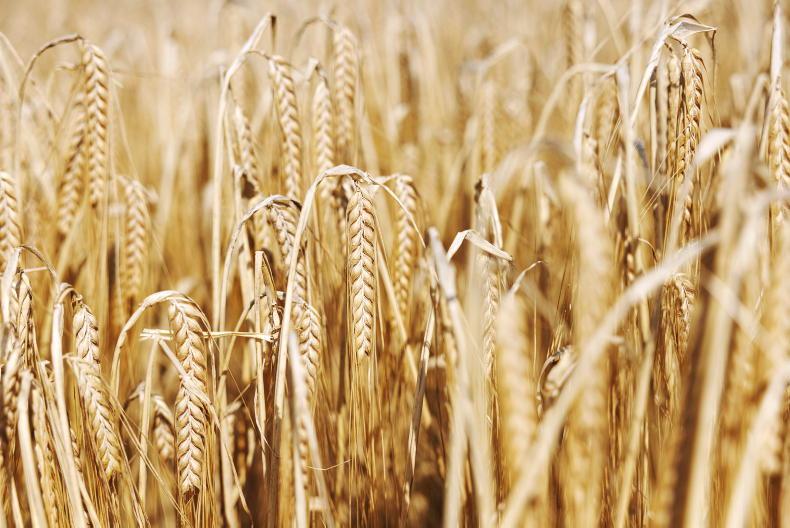
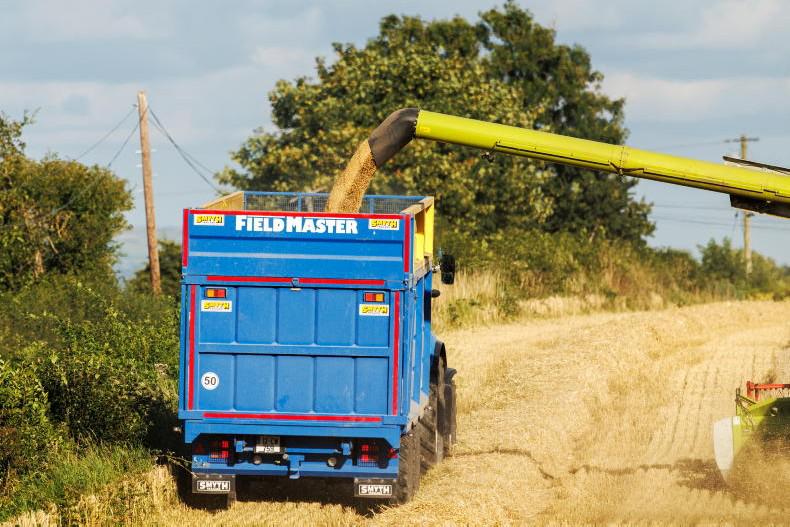
SHARING OPTIONS